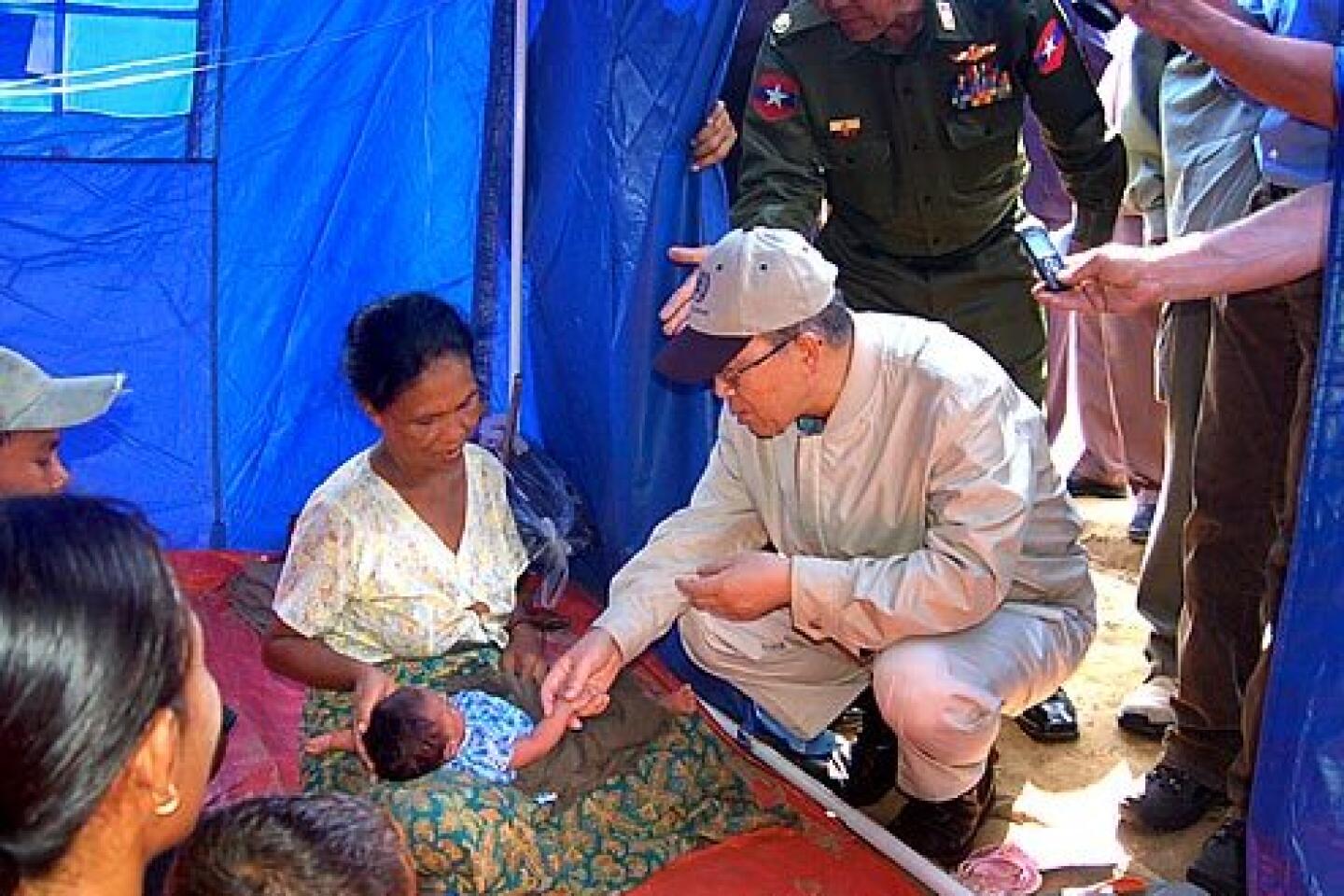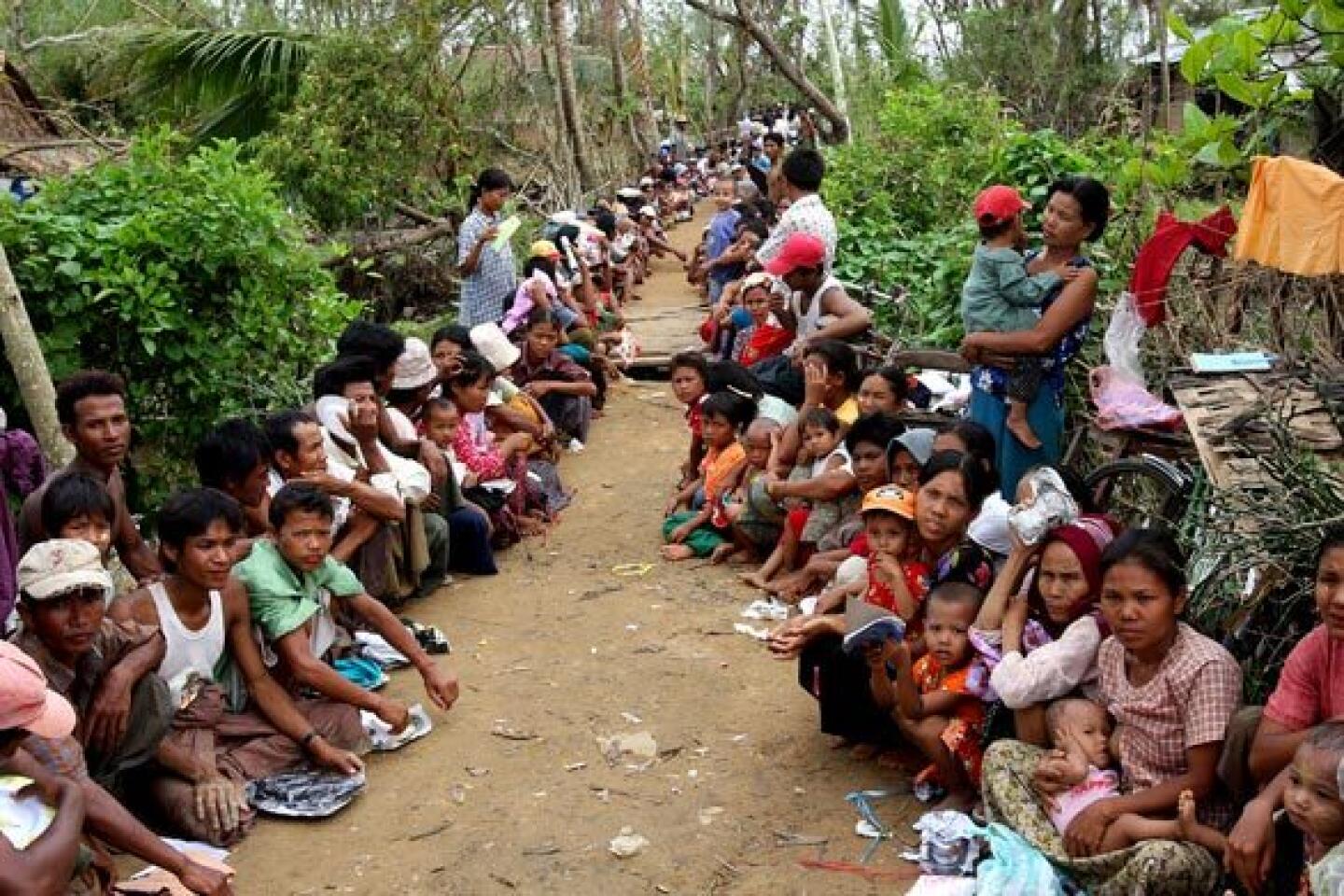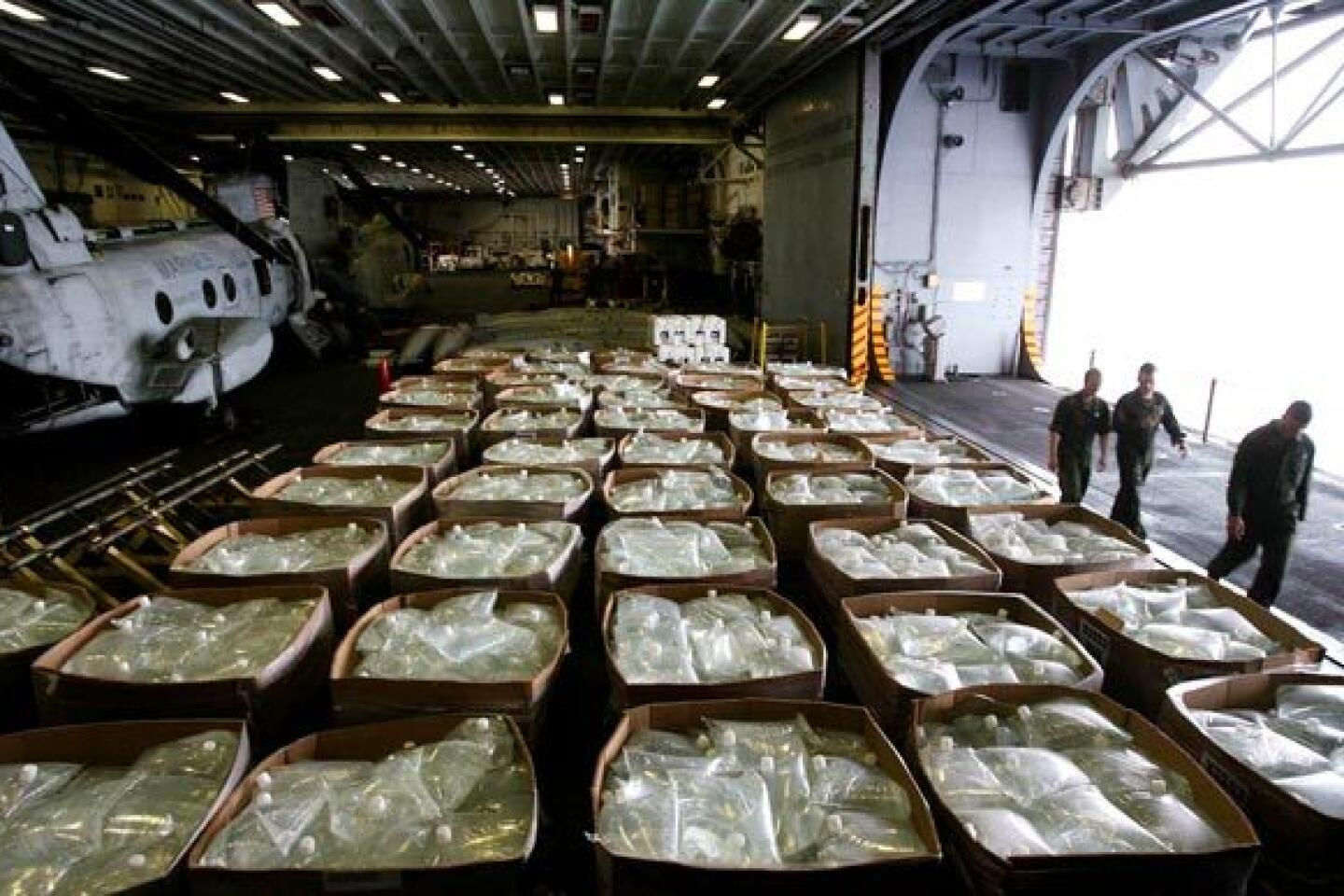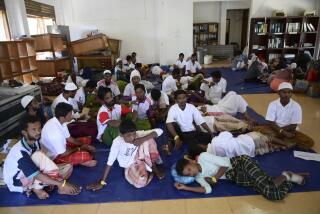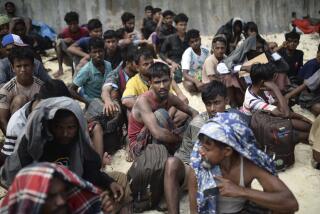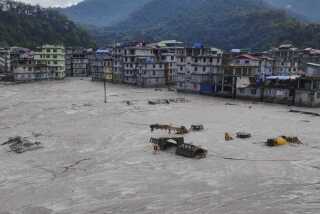Monsoon predicted in Myanmar delta
Monsoon winds and rain were predicted on Wednesday to whip through Myanmar’s Irrawaddy River delta, compounding the misery for at least 1.6 million survivors of this month’s deadly cyclone and spawning fresh appeals from the international community for immediate access to the disaster zone.
Myanmar’s military rulers continued to reject on-the-ground help from the outside world, despite warnings from experts that waterborne diseases and the government’s lackluster aid efforts could lead to an even greater humanitarian catastrophe.
The International Committee of the Red Cross issued a new death toll estimate of 68,833 to 127,990, noting that the numbers involved “pooling and extrapolating information” from 22 organizations. However, most aid groups have had only limited access to much of the disaster zone. The Myanmar government’s latest death count is 38,491.
The International Red Cross also estimated that 1.6 million to 2.5 million people had been affected by the cyclone, and said huge numbers had yet to be reached by rescuers.
The government of Myanmar, also known as Burma, has said it is capable of managing relief operations on its own, and gave a visiting foreign leader a “guarantee” that there would be no outbreak of disease and that survivors of the disaster would not go hungry.
“They are confident of dealing with the problem by themselves,” Thailand’s prime minister, Samak Sundaravej, told reporters in Bangkok after traveling to Myanmar.
Samak, believed to be the first foreign leader to meet with the military leadership since the May 2-3 cyclone, pressed the case for allowing a much larger international aid mission in the isolated country.
But Myanmar’s prime minister, Lt. Gen. Thein Sein, responded that his country had its “own team to cope with the situation,” Samak said, adding that the government said it had deployed four divisions of troops and set up 600 relief centers in the flooded area.
Aid workers say reports from the waterlogged delta painted a far graver picture, describing desperate scenes of people on the move in search of food and shelter.
Aid organizations say their foreign staff are being restricted to Yangon, which was also ravaged by Tropical Cyclone Nargis. The United Nations said the government continued to issue a limited number of visas to foreign aid workers, approving some of the 60 requests early this week for specialists. Some of the visas permitted only a week’s stay.
The laggardly pace of the rescue effort led U.N. Secretary-General Ban Ki-moon to convene a special meeting of major powers and Southeast Asian nations Wednesday to devise a strategy for prying the country open to foreign help.
The officials discussed linking a summit of Southeast Asian foreign ministers Monday in Bangkok with a pledging conference, to be attended by Ban and Myanmar’s prime minister. Diplomats said they hoped the meeting could lead to an invitation for Ban to visit Myanmar, along with U.N. aid experts. Assn. of Southeast Asian Nations diplomats warned against politicizing aid, but U.S. Ambassador Zalmay Khalilzad said, “The way it will get politicized is if aid does not arrive in a timely manner and more lives are lost.”
Myanmar is showing “one small sign of selective opening,” inviting 160 humanitarian workers from China, India, Thailand and Bangladesh to help with the cyclone aftermath, U.N. humanitarian chief John Holmes said Wednesday. Other foreign aid workers are trickling in, with about 100 international U.N. staffers now in the country, Holmes said.
“We are straining every nerve and going through all the contacts we have,” said Holmes, including asking Myanmar’s neighbors to press for access to the delta area.
Government critics interpreted the decision to issue visas to non-Western aid workers as a calculated rebuff by the ruling generals.
“They’re trying to say to the West: ‘We don’t need you. Our neighbors are helping us,’ ” said Aung Naing Oo, a Burmese democracy activist living in exile in Thailand.
The U.S. government did get permission to send five more military cargo planes into Yangon on Wednesday. The C-130s carried water and water purification equipment as well as blankets and mosquito nets. The second of the five aircraft was forced to hold over Yangon for 20 minutes as other relief planes stacked up.
“The pilots said the tarmac was loaded with planes delivering supplies and lots of trucks coming and going,” said Lt. Col. Douglas Powell, a public affairs officer at Utapao air base in Thailand, where the U.S. planes were loaded. “They were impressed by all the activity, and things were moving so fast that no one even asked them for their passports.”
But the U.S. government has had no further response from the Myanmar generals to its offer to make three U.S. Navy ships, helicopters and six transport planes available for a larger relief effort.
The American supplies were being dropped off at the airport, where the U.S. Air Force crews watched as they were loaded onto helicopters.
“At that point we don’t know for sure where it goes,” Richard Mei of the U.S. mission in Myanmar said in a telephone interview. “We’re told it goes to affected areas.”
Heavy rain still lashed the region, complicating attempts to reach survivors.
“We have terrible logistical problems: bridges washed away, roads that no longer exist, and the more it rains, the worse it gets,” said John Sparrow of the International Federation of Red Cross and Red Crescent Societies. “If we get much more rain, people who think they are on safe ground may have to move again. And there may not be any place left to go.”
More to Read
Start your day right
Sign up for Essential California for news, features and recommendations from the L.A. Times and beyond in your inbox six days a week.
You may occasionally receive promotional content from the Los Angeles Times.
